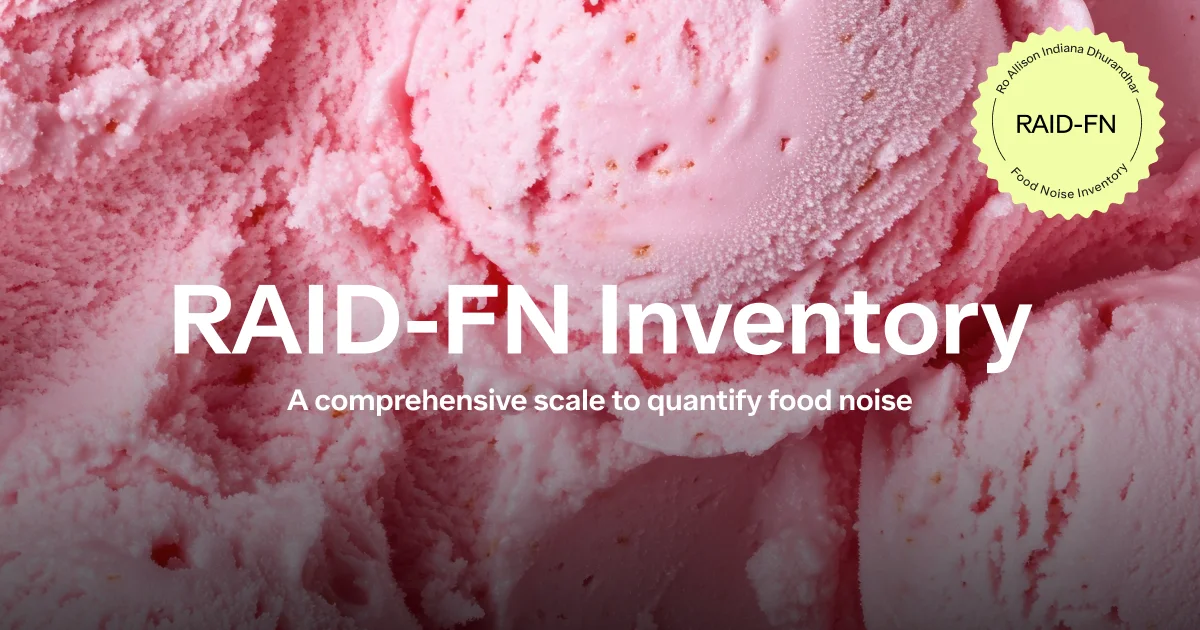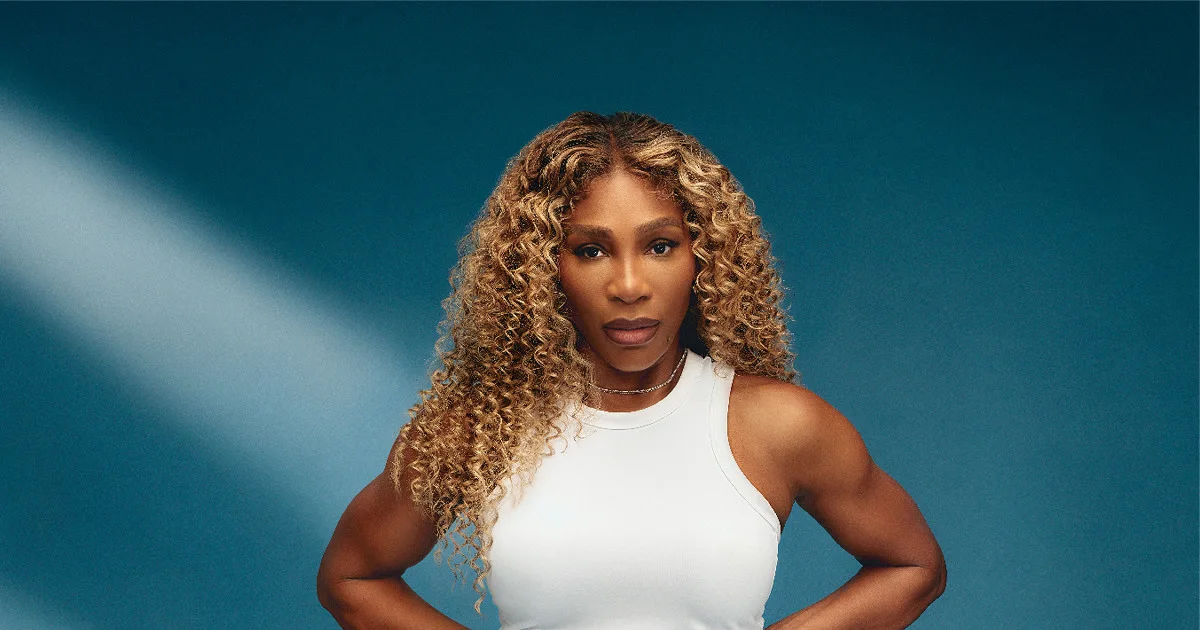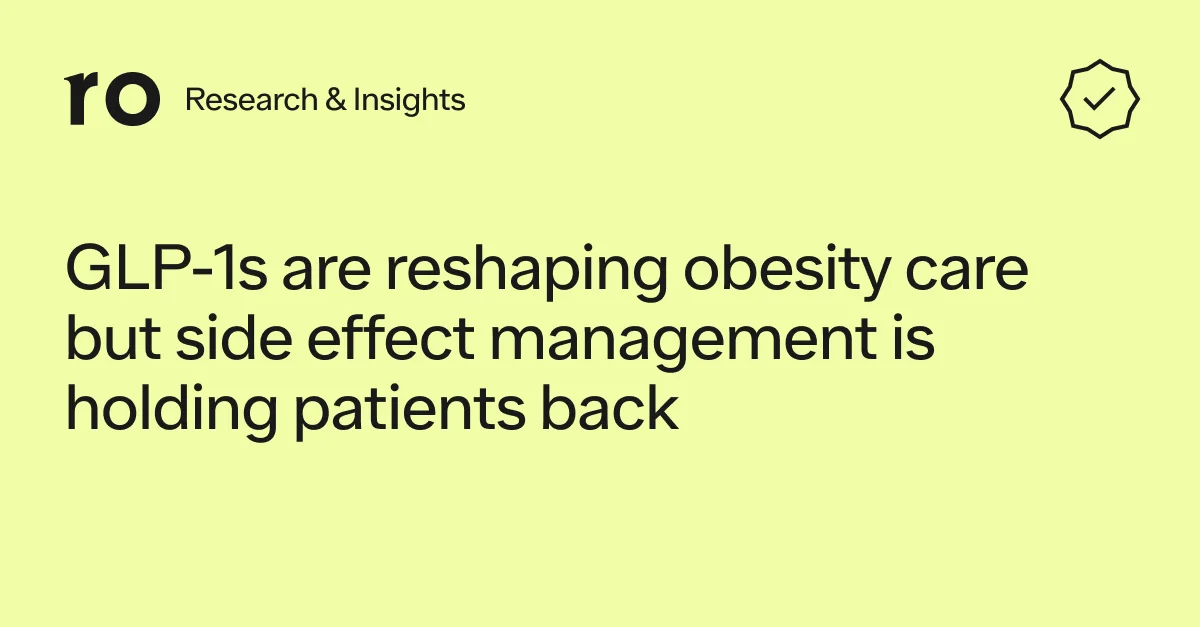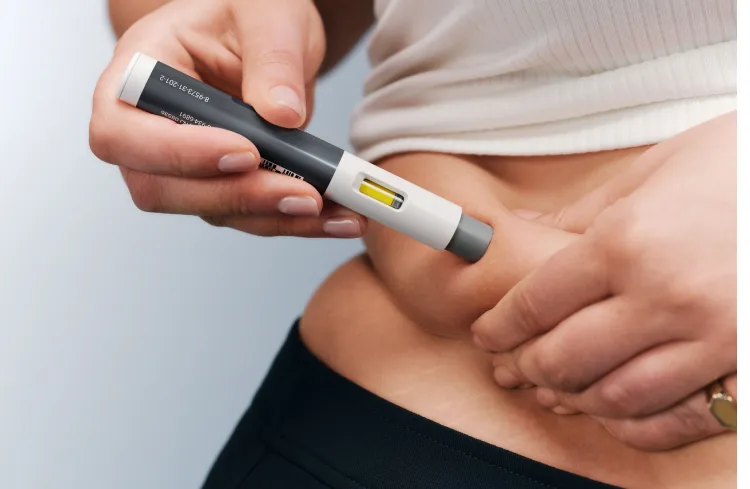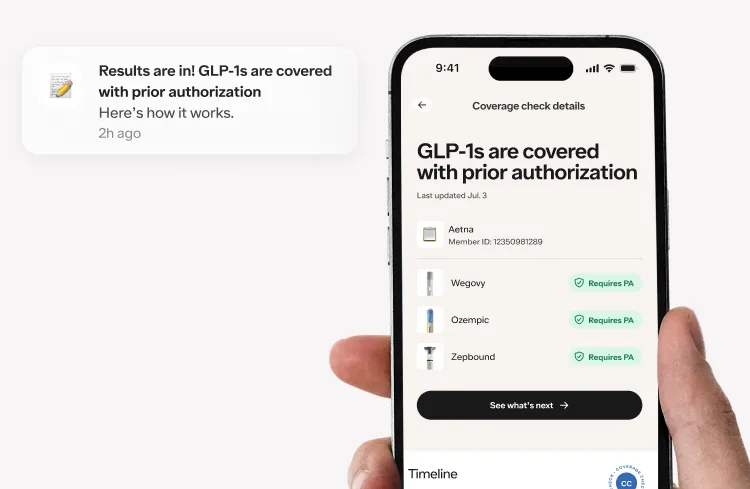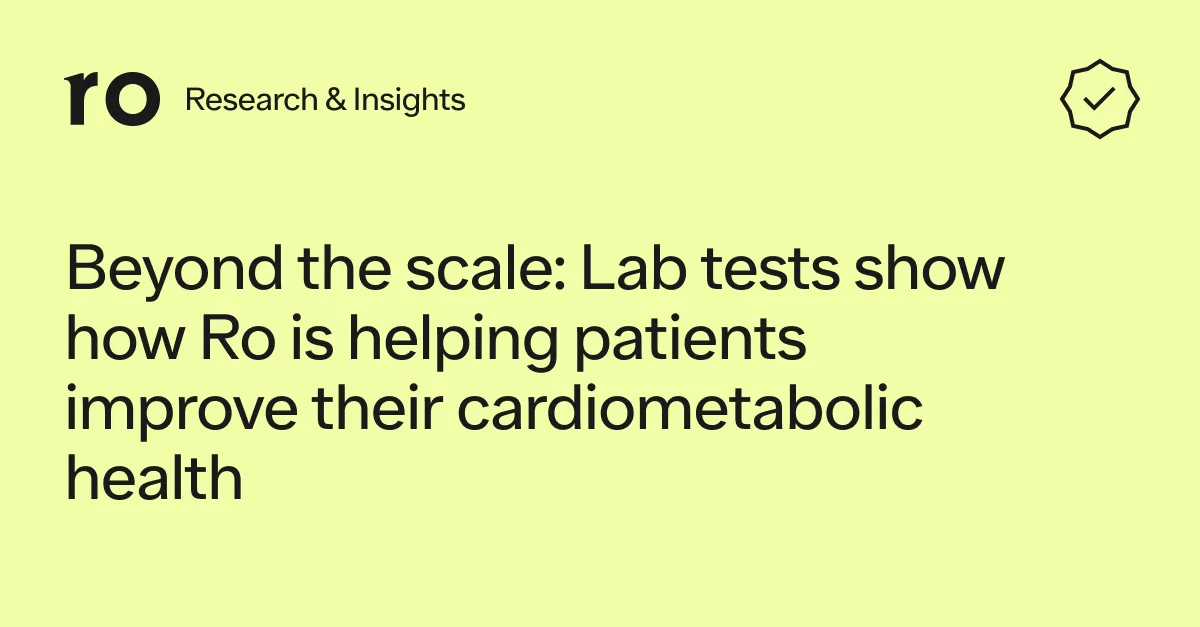Here's what we'll cover
Here's what we'll cover
Here's what we'll cover
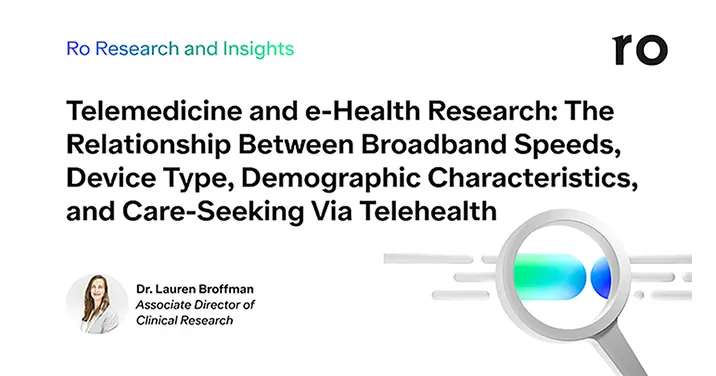
Access is the first step to patients getting the care they need. And often, technology can help remove barriers to make it easier for patients to get that care wherever and whenever they need it. However, the “digital divide” — whether it’s challenges related to accessing high-speed internet, device ownership, or digital literacy — has become a key topic of focus as telehealth use has skyrocketed.
While much research has focused on how the digital divide impacts whether or not patients use telehealth, little is known about the intersection between these challenges and how patients use telehealth.
To better understand telehealth utilization as it relates to the digital divide, Ro’s Clinical Research Team analyzed the relationship between how patients accessed our direct-to-patient (DTP) platform — whether they used a smartphone or a computer — and factors including broadband access and adoption, income, age, and race.
Access to high-speed internet is often positioned as a primary indicator in overcoming the digital divide. However, for patients to benefit from broadband, it both needs to:
Be available in their area, meaning that residential high-speed internet is offered
And they need to adopt it, meaning they subscribe to wired high-speed internet or a mobile data plan.
In our study, we sought to understand the extent to which access to wired broadband was a necessary component of telehealth utilization; if smartphones could be a workaround for a lack of wired broadband when seeking virtual care; as well as what role age, race, and income may play.
We were uniquely able to conduct this study due to our ability to determine how patients accessed our DTP telehealth platform — via a mobile device or on a desktop/laptop. Further, Ro’s platform supports multimodality telehealth, including asynchronous as well as synchronous (audio and video) care. For the purposes of this study, we analyzed patients’ use of asynchronous care on Ro’s platform, a modality that requires less bandwidth than video and can be used with lower-speed internet or less cellular data.
Our study included men seeking treatment through Ro’s platform and, unlike most telehealth research, it included a nationally distributed sample, not confounded by variations in insurance coverage, nor tied to a specific payor or health system.
What we learned
Overall, nearly three fourths (76.1%) of patients used a mobile device to access Ro’s platform, suggesting that whether or not patients have access to wired broadband, it’s important that telehealth be accessible and convenient for mobile use.
The majority of patients seeking telehealth through Ro’s platform live in areas where there are no wired high-speed internet providers, suggesting that low-bandwidth modalities (e.g. asynchronous care) are being used in areas where wired high-speed internet is not available.
Broadband availability was not significantly associated with smartphone use. However, patients living in areas with lower rates of wired broadband adoption were significantly more likely to use a smartphone to access virtual care on Ro’s platform–and the reverse was true for higher broadband adoption and lower smartphone use. This further suggests that wired broadband adoption rather than access alone is a greater influence on how patients use telehealth, and that patients turn to mobile where they are not able to rely on wired broadband (whether due to affordability, device ownership, or other factors).
Patients who are part of historically marginalized communities of color (Black, Hispanic, and Native American) were nearly twice as likely to use a smartphone to access virtual care on Ro’s platform. This finding also held up after controlling for income. This suggests the importance of supporting mobile-compatible telehealth policies to protect access for patients of color.
Considerations
These findings show why it is important that telehealth providers build platforms that are technologically flexible — easy to use on a computer and/or a smartphone. This flexibility will help enable access to the largest and widest population of patients, regardless of their adoption of wired broadband, age, income, and race. Equally important, policymakers must take a holistic approach to bridge the digital divide for all disadvantaged populations, including assessing the role that modality-neutral (synchronous or asynchronous) and mobile-compatible telehealth may have in doing so as well as supporting efforts to expand access and adoption of both wired broadband and mobile data plans.
These results underscore the need for additional research so that we can continue to understand how platform design by DTP companies like Ro can best facilitate access to those who have been historically marginalized in the healthcare system or have yet to be able to access telehealth at all.
Survey Sample
A majority of treatment-seeking men whose records were used in this study were non-Hispanic White and lived in urban areas. Patients were spread across 47 states plus D.C., with most (40%) located in the south.
+++
Read the full study here: https://www.liebertpub.com/doi/abs/10.1089/tmj.2022.0058
Please email me, Dr. Lauren Broffman, Ro’s Associate Director of Research, if you have questions or comments on this research or suggestions for future posts or insights. My email is [email protected]. I conducted this research alongside Sarah Harrison, former Senior Product Analyst, Michael Zhao, Senior Data Analyst, Alex Golman, Senior Product Manager, Ira Patnaik, Senior Director of Product, and Megan Zhou, MS, Clinical Research Associate.

